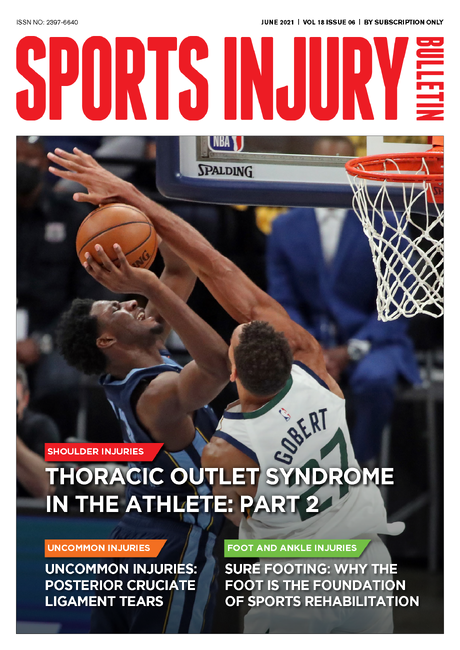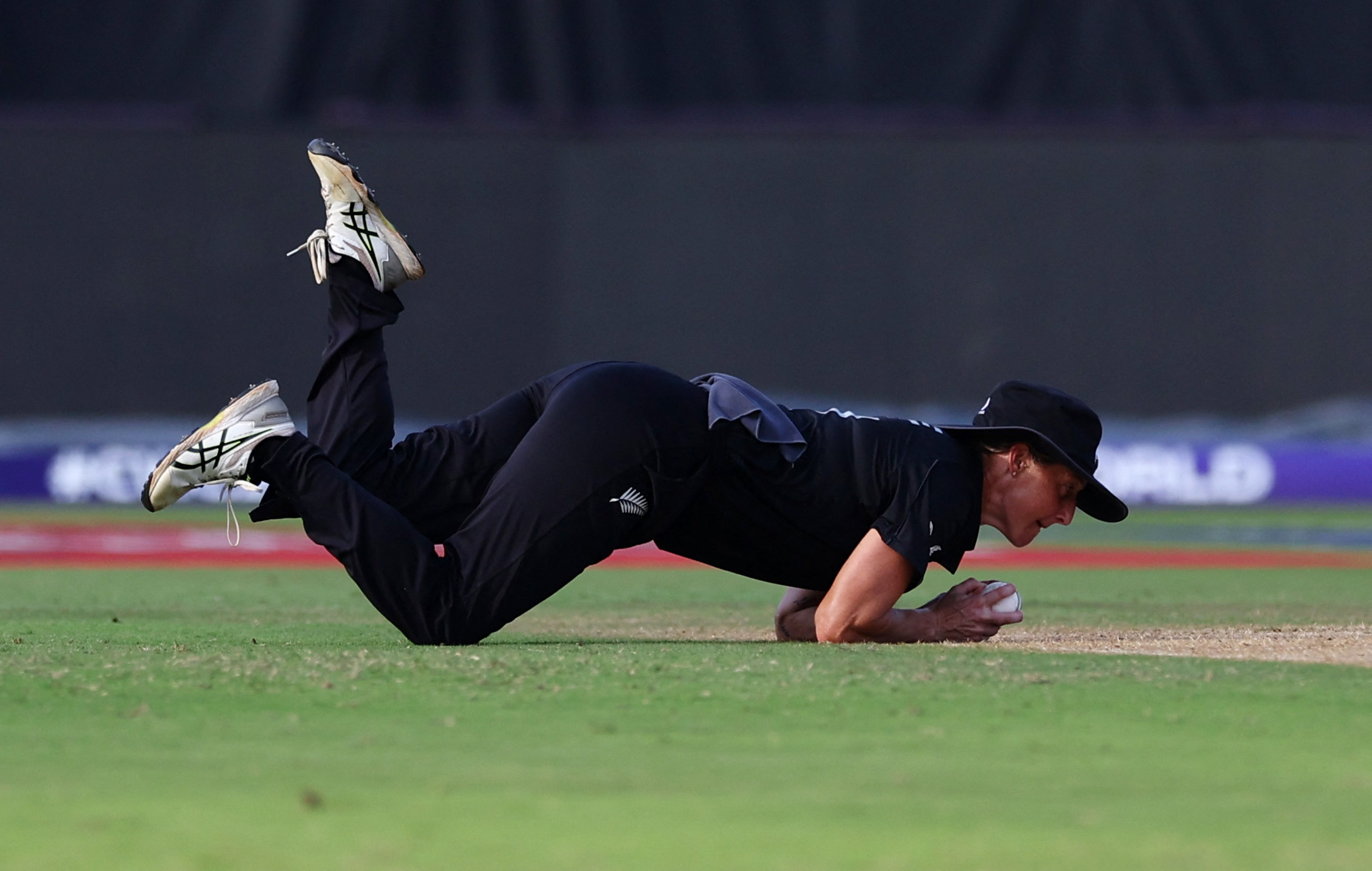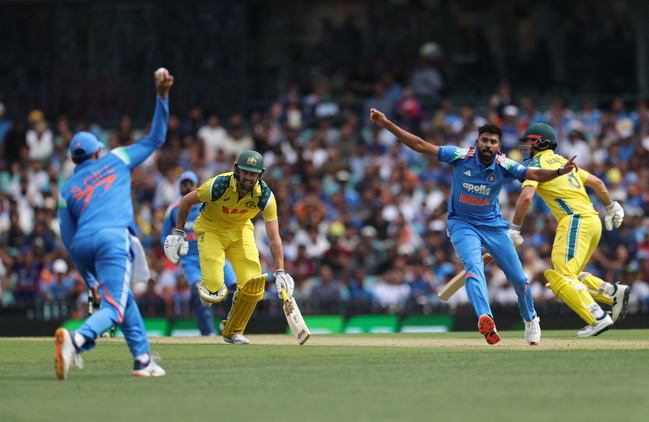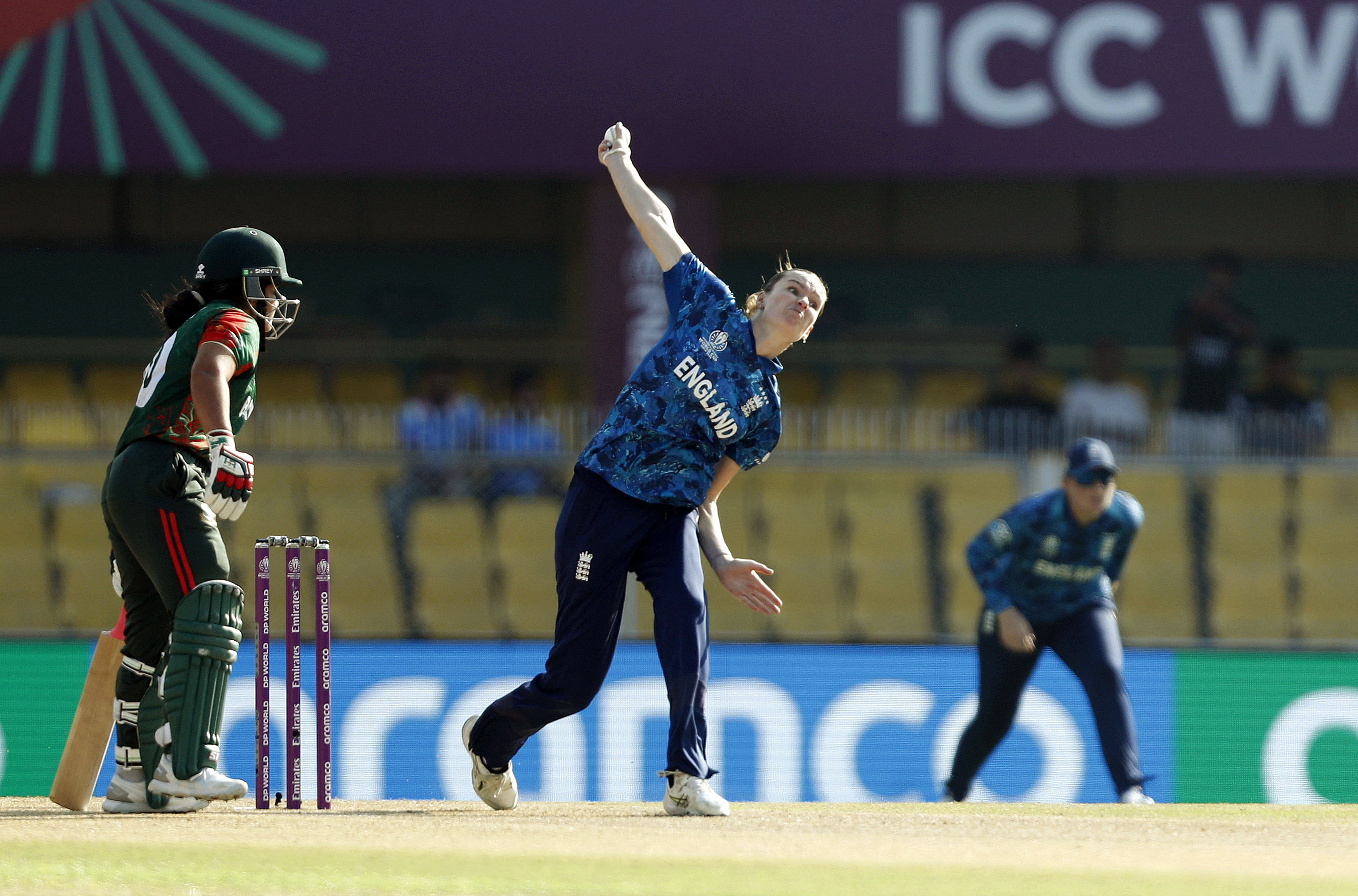Caught out by the Skin
Cricket places unique demands on the skin, nails, and soft tissues. Lena Ly and Alex Chamberlain uncover what lies underneath the body’s biggest organ in cricketers.
ICC Women’s World Cup - England v New Zealand - New Zealand’s Amelia Kerr in action REUTERS/Anushree Fadnavis
Cricket places unique demands on the skin, nails, and soft tissues. While musculoskeletal injuries dominate discussions in cricket medicine, skin problems – be it sticky, sweaty, or more serious conditions - are highly relevant for player confidence, health, and performance. These dermatologic conditions range from minor traumatic to infectious and neoplastic. Players are frequently exposed to ultraviolet (UV) radiation, sweat, trauma, infection, and potential allergens. Specifically, contact dermatitis in cricket players may arise from adhesives, protective gear, linseed oil, acrylates, or leather tanning agents. More frequently, contact dermatitis is usually due to irritants like repetitive water exposure (such as repetitive, prolonged outdoor exposure in wet conditions). Underlying atopy (a tendency towards hayfever, asthma, and eczema) increases susceptibility.
Solar damage is ubiquitous, manifesting as sunburn, actinic keratoses, photoaging, and keratinocyte cancers or melanoma. Preventive strategies include wide-brim hats, SPF 50+ sunscreen, and long-sleeved collared shirts or performance UV sleeves. Secondary prevention via regular self-surveillance and scheduled skin checks is vital for early detection of skin cancer. Oral nicotinamide (Vitamin B3) has an emerging role in reducing keratinocyte cancers in those with a prior history.
Addressing the Most Concerning Skin Issue
Despite the perception of cricket as a relatively safe sport, prolonged sun exposure places players at substantial risk of skin cancer, including melanoma. Programs pioneered by the Australian Cricketers Association and later adopted by Cricket Australia have identified numerous early lesions among elite players. While mortality is relatively low, high rates of melanoma-in-situ and keratinocyte skin cancers underscore the burden of UV exposure in cricket(1). More recently, several contracted Australian players have been diagnosed with melanoma, most at an early and curable stage. Darker-skinned players have a lower risk but are not exempt from melanoma.
You need to be logged in to continue reading.
Please register for limited access or take a 30-day risk-free trial of Sports Injury Bulletin to experience the full benefits of a subscription. TAKE A RISK-FREE TRIAL
TAKE A RISK-FREE TRIAL
Newsletter Sign Up
Subscriber Testimonials
Dr. Alexandra Fandetti-Robin, Back & Body Chiropractic
Elspeth Cowell MSCh DpodM SRCh HCPC reg
William Hunter, Nuffield Health
Newsletter Sign Up
Coaches Testimonials
Dr. Alexandra Fandetti-Robin, Back & Body Chiropractic
Elspeth Cowell MSCh DpodM SRCh HCPC reg
William Hunter, Nuffield Health
Be at the leading edge of sports injury management
Our international team of qualified experts (see above) spend hours poring over scores of technical journals and medical papers that even the most interested professionals don't have time to read.
For 17 years, we've helped hard-working physiotherapists and sports professionals like you, overwhelmed by the vast amount of new research, bring science to their treatment. Sports Injury Bulletin is the ideal resource for practitioners too busy to cull through all the monthly journals to find meaningful and applicable studies.
*includes 3 coaching manuals
Get Inspired
All the latest techniques and approaches
Sports Injury Bulletin brings together a worldwide panel of experts – including physiotherapists, doctors, researchers and sports scientists. Together we deliver everything you need to help your clients avoid – or recover as quickly as possible from – injuries.
We strip away the scientific jargon and deliver you easy-to-follow training exercises, nutrition tips, psychological strategies and recovery programmes and exercises in plain English.








